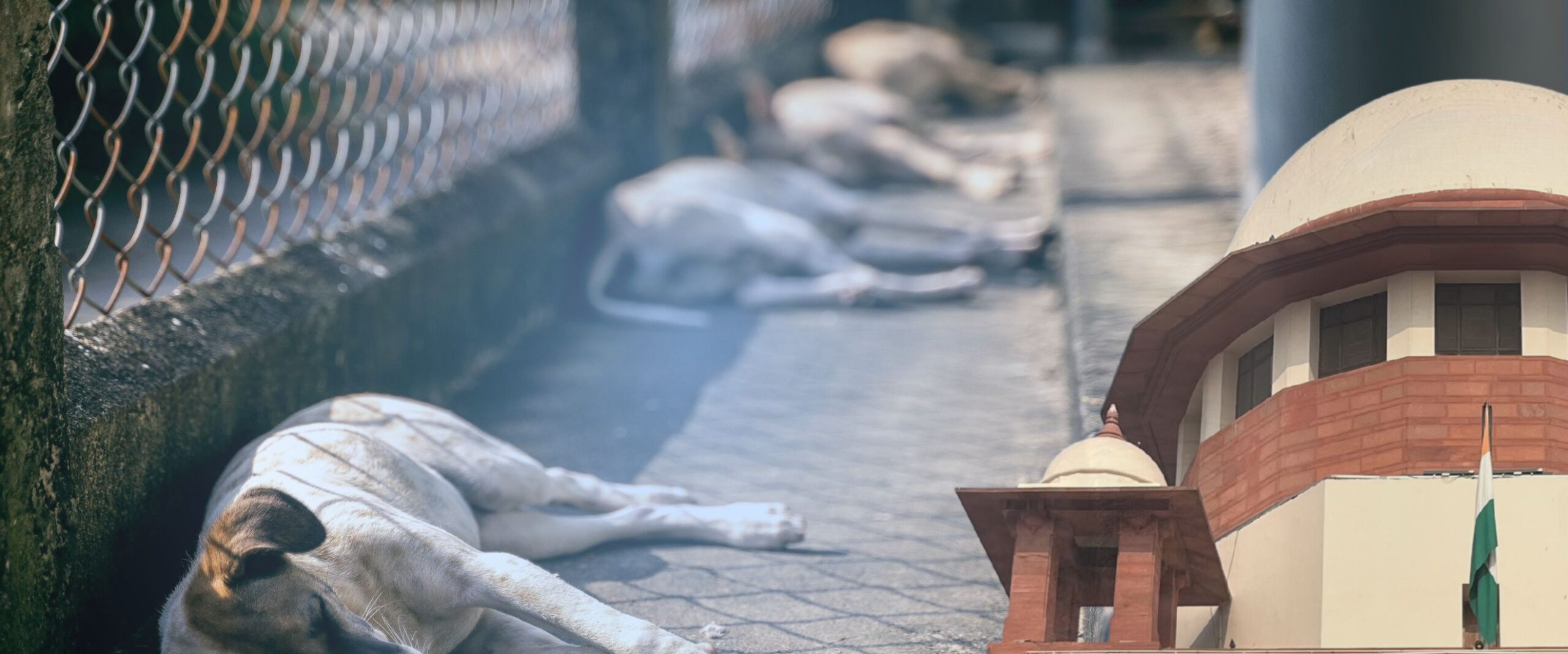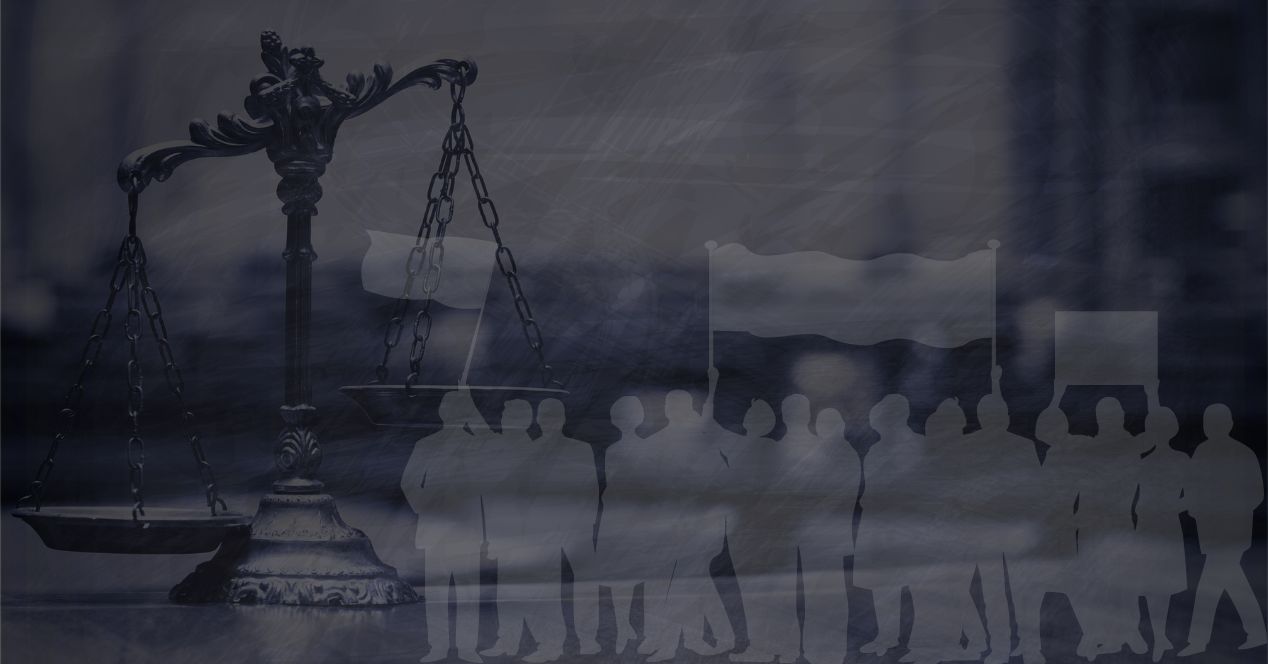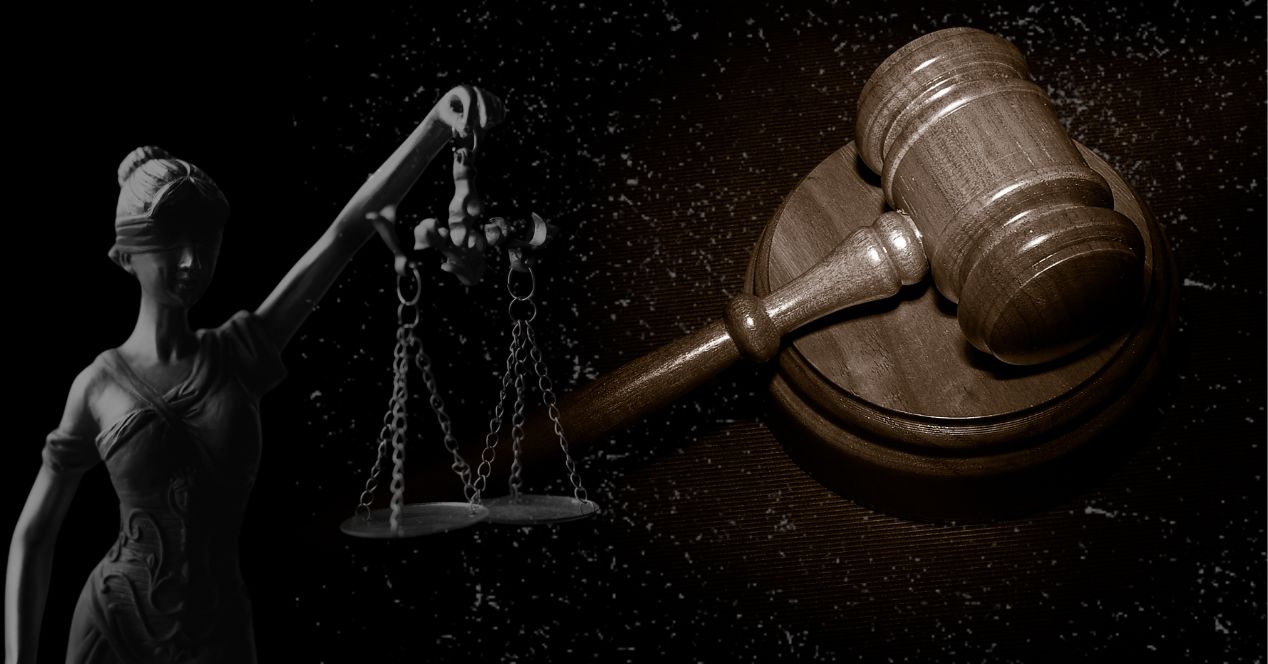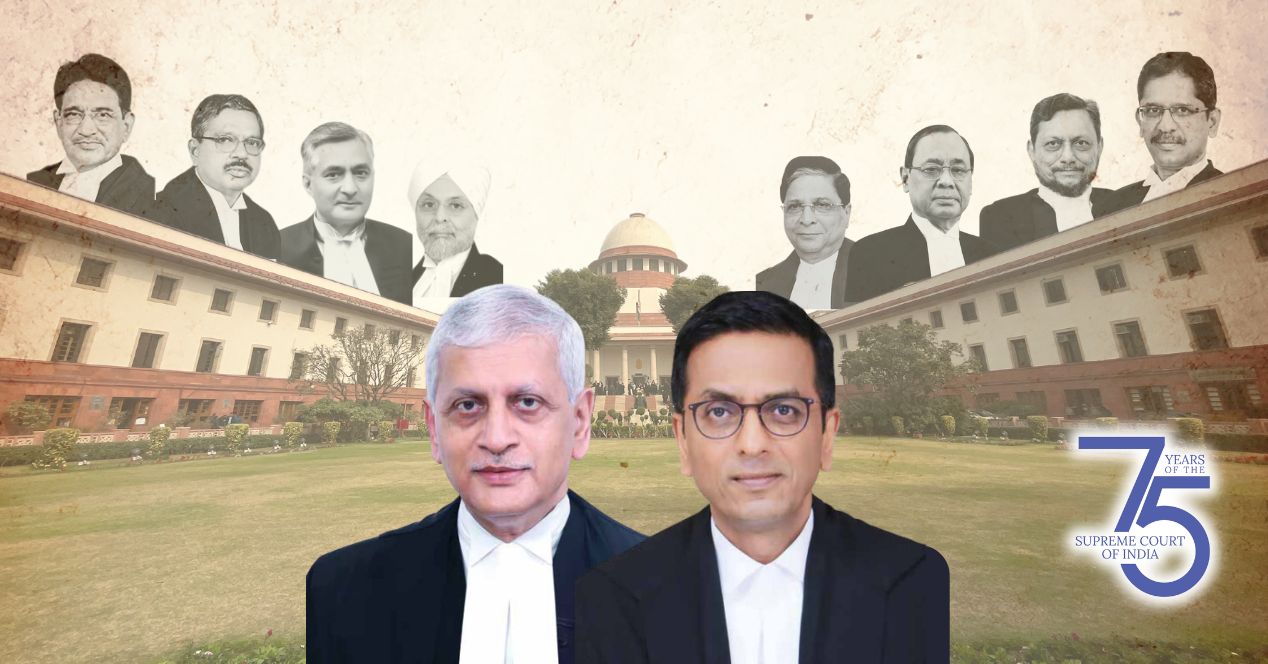Analysis
Stray dog ‘menace’: Making sense of the Supreme Court’s intervention
A three-judge Bench reserved its decision on whether to stay an earlier Order directing authorities to free Delhi and the NCR of stray dogs

The Supreme Court’s suo moto Order on 11 August, aimed at protecting the people of Delhi and the National Capital Region (NCR) from the menace of stray dogs, has led to widespread outrage. The Bench comprising Justices J.B. Pardiwala and R. Mahadevan directed the Delhi Government, the Municipal Corporation of Delhi and the authorities of the NCR to pick up stray dogs and relocate them to shelters and pounds within eight weeks.
Immediately after, several Interlocutory Applications (IAs) were filed at the top court seeking a recall of the order. The IAs raised concerns over the lack of infrastructure to implement the order and its health consequences. The result: the case was relisted on 14 August before a larger Bench of three judges comprising Justices Vikram Nath, Sandeep Mehta and N.V. Anjaria. After hearing the IAs, the Bench reserved its verdict on the stay the same day.
We unpack the case and its implications.
Background
On 28 July, the Bench of Justices Pardiwala and Mahadevan took suo moto cognisance of a news report in the Times of India’s Delhi edition, titled “City Hounded by Strays, Kids Pay Price”. The Bench noted that the news item contained “very disturbing and alarming” figures and facts. The article, written by Kaushiki Saha, a trainee journalist of the newspaper, reported the death of a six-year-old girl, Chavi Sharma, in Delhi’s Pooth Kalan, following a stray dog attack. She had succumbed to rabies after multiple bites. The story claimed that the incident sparked outrage over civic negligence. It also alleged negligence of local authorities, despite complaints about the aggressive dogs.
The Bench expressed shock that an average of 20,000 cases of dog bites are recorded in the country, out of which 2000 incidents happen in Delhi every day. It noted a similar incident in which a four-year-old boy, Abhishek Rai, was attacked by a pack of stray dogs on 23 July in Delhi’s Alipur area when he was returning from his Anganwadi school. “The dogs pounced at his face, repeatedly injuring him until a few bystanders rushed to his rescue. Parents are now wary in letting their children go out to play,” the Bench noted.
The Bench sought appropriate orders from the Chief Justice and appointed senior advocate Gaurav Agarwal as an amicus to assist the Court.
Between 28 July and 11 August, the Court’s records show that five IAs were filed in the case. The Pardiwala-Mahadevan Bench, however, did not hear the interveners and issued a slew of directions on 11 August to ensure that stray dogs are removed from the streets of Delhi and NCR as early as possible.
What did the Order say?
The Bench directed the authorities to start picking up stray dogs at the earliest, and if necessary, by creating a force. The judges warned against lethargy or compromise in undertaking this exercise. “If any individual or any organisation comes in the way of forceful picking up of the stray dogs and rounding them up…. we shall proceed to take the strictest of actions against any such resistance which may be offered,” they said.
The Court also held that authorities must immediately create dog shelters or pounds for about 5000 dogs and give them an update on the creation of such infrastructure within eight weeks.
The shelters or pounds must have sufficient personnel to sterilise, deworm and immunise stray dogs and look after them. The Bench made it clear that the dogs detained could not be released back to the streets. Further, the shelters would be monitored by CCTV cameras to ensure detention.
During the hearing on 11 August, the Bench also came down on animal rights activists who opposed the relocation of stray dogs. The judges questioned whether they could bring back the lives lost due to bites and rabies.
Relisting of the case
The Pardiwala-Mahadevan Order was greeted by nationwide outrage. Critics alleged that, besides not hearing all the stakeholders, the Court also showed a lack of compassion and understanding of the issues involved. They also questioned the feasibility of the implementation of the Order.
An NGO, named All Creatures Great and Small, through Advocate-on-Record (AoR) Jasmine Damkewala, filed an IA on 12 August seeking recall and modification of the order.
On 13 August, Advocate Nanita Sharma mentioned the matter before CJI B.R.Gavai. She pointed out that the Order conflicted with two previous orders of the Court and ignored a Special Leave Petition (SLP) filed by her against a Delhi High Court judgement, which is pending.
Conflict with past orders
In Swati Sudhirchandra Chatterjee v Vijay Shankarrao Talewar (2022), a Bench of Justices Sanjiv Khanna and J.K.Maheshwari had stayed a portion of an order of the Bombay High Court at Nagpur dated 20 October 2022. The High Court had directed the Nagpur Municipal Corporation to ensure and take the required steps to enable the general public to feed the stray dogs only at appropriate locations demarcated by them. The Court had also directed the Corporation to take steps to deal with the ‘nuisance’ caused by ferocious and aggressive stray dogs, in accordance with the law. It also directed the general public not to cause public nuisance by feeding stray dogs. However, it allowed the proceedings before the High Court to continue.
In Animal Welfare Board of India v People for Elimination of Stray Troubles (2024), a Bench of Justices Maheshwari and Sanjay Karol noted the divergence among directions of different High Courts on the issue. The Kerala High Court had held that municipal laws dealing with the stray dogs should comply with the 2001 Rules and discretionary powers cannot be granted to municipal authorities for killing stray dogs. On the other hand, the High Courts of Bombay, Karnataka and Himachal Pradesh have held that the local authorities do have such powers.
The Supreme Court had noted in its order that the Union has, in the meantime, enacted the ABC Rules, 2023. The object was to put in place a mechanism to prevent the infliction of unnecessary pain and suffering on animals, more specifically, the canines.
In Para 11 of its 2024 Order, the Court had made it clear that there cannot be any indiscriminate killings of canines in any circumstances. It had emphasised that compassion towards all living beings is a Constitutional value and mandated that authorities had the obligation to uphold it.
On 13 August, it was brought to the Court’s notice that under the ABC Rules, 2023, only unsterilised dogs could be taken for the sterilisation drive. Further, the Rules prohibit the relocation of stray dogs and require them to be dropped back to their original place of habitation after sterilisation.
Sharma told the CJI Bench that her appeal against a Delhi High Court judgement on the sterilisation matter is pending before the Supreme Court (Conference for Human Rights (India) v Union of India). In her SLP, she claimed that an impugned Delhi High Court order dated 18 August 2023 did not address her grievance that authorities were not performing their statutory duties and sterilisation programmes for stray dogs consistently.
In this context, the CJI Gavai, as the Master of the Roster (MoR), referred the case pending before the Pardiwala-Mahadevan Bench to a larger Bench to address and resolve the conflict with previous orders.
Is the MoR empowered to relist a pending case before a new Bench?
In Shanti Bhushan v Supreme Court of India (2018), the Supreme Court endorsed a previous Judgement in State of Rajasthan v Prakash Chand (1997). In that case, it held that the CJI could take cognisance of an application before him under Rule 55 of the Rajasthan High Court Rules, 1952 and refer the case to the larger Bench for its disposal. This power was available even in a partly heard case.
In exercise of power under Article 145, the Supreme Court has framed rules from time to time. The latest are the Supreme Court Rules, 2013. Rule 2 of Order VI of the Rules reads:
“Where in the course of the hearing of any cause, appeal or other proceeding, the Bench considers that the matter should be dealt with by a larger Bench, it shall refer the matter to the Chief Justice, who shall thereupon constitute such a Bench for the hearing of it.”
Therefore, it is clear that the Chief is empowered to refer pending cases before one Bench to another, larger Bench when necessary.




